Table of Contents
Ever wondered if you could get ripped and strong just by using your own body weight? Calisthenics, a form of exercise using your body weight as resistance, has been gaining popularity as a way to build strength, endurance, and flexibility. But can it really make you stronger? The answer is a resounding yes! In this article, we'll explore into the world of calisthenics and explore the science behind how it can help you achieve your fitness goals. We'll cover how calisthenics builds strength, its benefits for beginners and seasoned athletes, and how it stacks up against traditional weightlifting. So grab a mat, get ready to move, and let's explore the capability of calisthenics together!
Question | Answer |
|---|---|
Do calisthenics make you stronger? | Yes, calisthenics can build strength by challenging your muscles and requiring them to work harder. |
What are the benefits of calisthenics? | Calisthenics can improve strength, endurance, flexibility, balance, coordination, and core strength. |
How do I get started with calisthenics? | Start with basic exercises like squats, push-ups, and pull-ups. Gradually increase the difficulty and volume as you progress. |
Is calisthenics better than weightlifting? | Both calisthenics and weightlifting have their pros and cons. Calisthenics is more accessible and requires no equipment, while weightlifting allows for more progressive overload. The best choice depends on your goals and preferences. |
Can Calisthenics Make You Super Strong?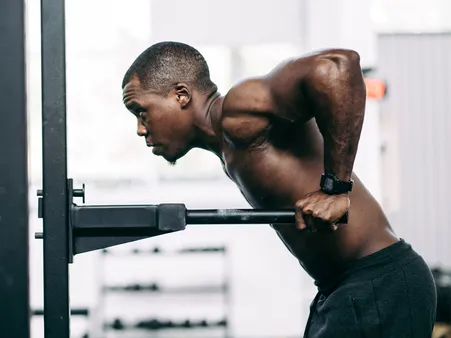
Do Calisthenics Make You Stronger?
Strength From Within: The Strength of Bodyweight
You know, I used to think that getting stronger meant lifting heavy weights at the gym. But then I discovered the world of calisthenics and realized that you can build serious strength just by using your own bodyweight! It's like having a personal gym that's always with you. Think of it this way: Instead of using a barbell for a squat, you're using the weight of your own body. It's a totally different kind of challenge, but it's super effective. Calisthenics exercises like push-ups, squats, and pull-ups work multiple muscle groups at once, making them super efficient for building overall strength. Plus, you don't need any fancy equipment! You can do a whole workout anywhere, anytime. I've even done calisthenics workouts in my living room, in the park, or even on vacation.
Unlocking Your Potential: Calisthenics For All Levels
One of the things I love about calisthenics is that it's accessible to everyone, no matter your fitness level. Whether you're a beginner or a seasoned athlete, there are calisthenics exercises that can challenge you and help you grow. For beginners, starting with simple exercises like bodyweight squats and wall push-ups can build a strong foundation. As you get stronger, you can progress to more challenging exercises like full push-ups, pull-ups, and dips. The beauty of calisthenics is that you can always make the exercises harder by changing the angle, adding resistance, or increasing the repetitions. It's like a game of constant improvement, and it's incredibly rewarding to see how far you can push yourself. For example, I remember when I first started doing calisthenics, I couldn't even do one pull-up! But with practice and determination, I was able to progress to multiple pull-ups. It's a feeling of accomplishment that you can't get from just lifting weights.
Do Calisthenics Make You Stronger?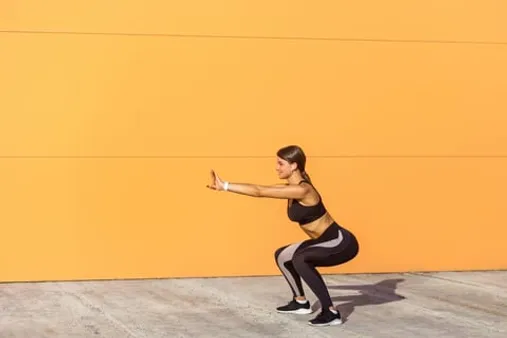
The Science Behind Strength Gains
The Ability of Progressive Overload
You know, I used to think that lifting weights was the only way to get stronger. But then I started doing calisthenics, and I realized that it's all about challenging your muscles in a way that forces them to adapt and grow. Think of it like this: When you do a push-up, you're not just pushing your bodyweight up, you're also pushing against gravity. And the more you push, the stronger your muscles get. That's the ability of progressive overload! It's like a constant challenge that helps you build strength over time. You can achieve progressive overload in calisthenics by changing the angle, adding resistance, or increasing the repetitions of your exercises. For example, if you're doing push-ups, you could try doing them on your knees, then on your toes, and then with your feet elevated on a bench. Each variation increases the challenge, forcing your muscles to work harder.
Muscle Activation: The Secret to Strength
Calisthenics isn't just about moving your body. It's also about activating your muscles in the right way. It's like turning on all the cylinders in your engine to get maximum capability. You can't just go through the motions; you have to engage your muscles and make them work hard. That's where proper form comes in. When you do calisthenics exercises with proper form, you're activating more muscle fibers, which leads to greater strength gains. Think about it: If you're doing a squat, you want to make sure that you're engaging your glutes, quads, and hamstrings. You don't want to just be bending your knees; you want to be using your whole body to drive the movement. And that's how you access the true capability of calisthenics!
The Science Behind Strength Gains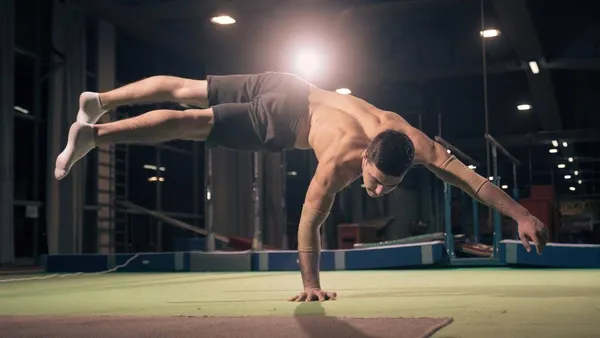
Calisthenics for Beginners and Beyond
Getting Started with Calisthenics
When I first started doing calisthenics, I was amazed at how challenging it was. I thought I was in good shape, but doing a few push-ups and squats made me realize that I had a lot to learn. But the great thing about calisthenics is that it's accessible to everyone, regardless of your fitness level. Whether you're a beginner or a seasoned athlete, there are calisthenics exercises that can challenge you and help you grow.
For beginners, it's essential to start with simple exercises like bodyweight squats, push-ups, and lunges. These exercises will help you build a strong foundation and get you comfortable with the movements. As you get stronger, you can progress to more challenging exercises like pull-ups, dips, and burpees. The key is to start slow and gradually increase the difficulty as you get more comfortable.
Progressing in Calisthenics
One of the things I love about calisthenics is that it's a constant challenge. Even when you think you've mastered an exercise, you can always find ways to make it harder. For example, if you're doing push-ups, you can try diamond push-ups, decline push-ups, or even single-arm push-ups. The variations are endless, and it's up to you to find new ways to challenge yourself.
Another way to progress in calisthenics is to increase the volume of your workouts. For example, if you're doing three sets of ten push-ups, you can try increasing the number of sets or reps. You can also try decreasing the rest time between sets or increasing the difficulty of the exercises. The key is to find a balance between challenging yourself and not overdoing it.
Exercise | Beginner Variation | Intermediate Variation | Advanced Variation |
|---|---|---|---|
Push-ups | Knee push-ups | Diamond push-ups | Single-arm push-ups |
Squats | Bodyweight squats | Goblet squats | Pistol squats |
Lunges | Walking lunges | Stationary lunges | Single-leg lunges |
Remember, the key to progressing in calisthenics is to be consistent and patient. Don't be afraid to try new exercises or variations, and don't get discouraged if you don't see progress right away. With time and practice, you'll be amazed at what you can achieve.
For more information on calisthenics, check out our article on Street Workout Techniques. You can also learn more about the benefits of calisthenics in our article on Calisthenics Equipment for Sale.
Calisthenics for Beginners and Beyond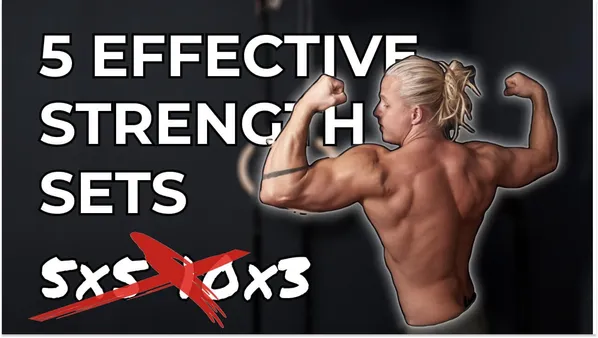
Calisthenics vs. Weightlifting: Which is Better?
Okay, so you're probably wondering, "If calisthenics is so great, why even bother with weights?" It's a fair question! Let's be honest, weightlifting has been the king of the gym for a long time. It's all about that iron, right? But here's the thing: Calisthenics and weightlifting are like two different flavors of ice cream, both delicious in their own way. It's not about which one is "better" but which one is right for you.
Think about it this way: If you're a beginner, calisthenics is a fantastic way to build a solid foundation of strength and get comfortable with basic movements. You're using your own bodyweight, so you don't need any fancy equipment or a gym membership. You can do a workout anywhere, anytime. It's like having your own personal gym in your pocket! Weightlifting, on the other hand, can be a bit intimidating for beginners, especially if you don't know what you're doing. You have to learn how to use the equipment properly, and you have to be careful not to injure yourself. It's like learning to ride a bike; it takes some practice.
Now, if you're a seasoned athlete looking for serious strength gains, weightlifting might be the way to go. With weights, you can progressively overload your muscles and push yourself to new limits. It's like having a personal trainer who's always challenging you to get stronger. Calisthenics can still be a valuable tool for seasoned athletes, but it might not be enough to take you to the next level. It's like having a trusty old friend who's always there for you, but you might need a new friend to help you reach your peak.
The best way to choose between calisthenics and weightlifting is to think about your goals and preferences. If you're looking for a simple, accessible way to build strength and improve your overall fitness, calisthenics is a great option. But if you're looking for serious strength gains and want to push yourself to the limit, weightlifting might be a better choice.
Don't forget, you can always combine calisthenics and weightlifting! It's like having the best of both worlds. You can use calisthenics to build a strong foundation and then use weights to take your strength to the next level.
If you're interested in learning more about calisthenics and weightlifting, check out our blog posts on Calisthenics vs. Weightlifting and Bodyweight Exercise Routine. These posts will give you a deeper investigate into the benefits and drawbacks of both types of training.
Calisthenics vs. Weightlifting: Which is Better?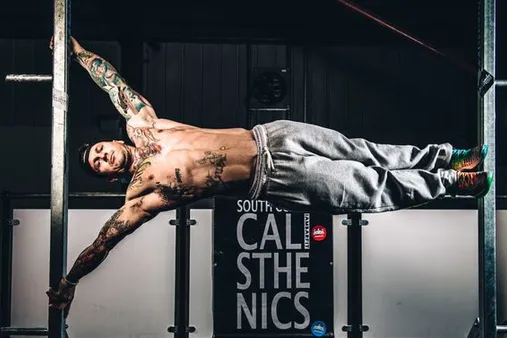
Final Thought
So, do calisthenics make you stronger? Absolutely! While the path to strength may be different, it's a path worth exploring. Calisthenics can be a fun, accessible, and effective way to build strength, improve your overall fitness, and access your inner athlete. So, ditch the weights, embrace your body weight, and get ready to experience the transformative strength of calisthenics!